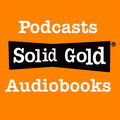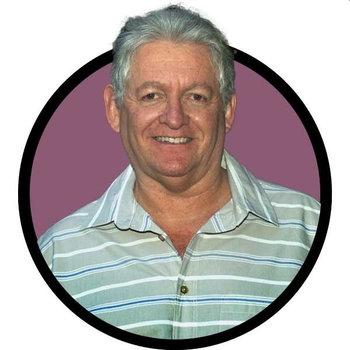
#02 Getting Settled
Loading player...
What we’re covering today applies to more than just podcasts and can (and should) be used for television and radio interviews as the principles remain the same. There is no difference between live or recorded podcasts, radio and television programs.
Have you ever arrived at a studio for an interview not knowing what to do? Where to go? And how to approach the recording? Do you get nervous that you don’t really know how to use the equipment such as headphones, foldback levels or microphone technique? Do you dislike looking like an amateur guest?
Let’s help you get to know the gear so you can let the host know that you are a professional and they need not treat you like it’s your first time in a recording.
Technically, the most important piece of equipment is the microphone. So using this correctly is really important. If your host is not professional enough to understand microphone technique, you will be able to guide them while at the same time letting them know that you are comfortable in the studio with whatever you need to use. There are many different types of microphones that are used in different studios around the world. It would help immensely if you could identify and adapt to the type you will be using.
You don’t need to know the make or specifications, but as you do a voice level test you will be able to hear whether you are too close or too far from the microphone. Also, you will be able to identify which part of the microphone has the best sound response. Some microphones record sound from 360 degrees, some from the top and some have a live 90 degree input which means a smaller area to talk into.
You'll be handed a set of headphones as you enter the studio. At Solid Gold Studios, all headsets are cleaned and tested after every use. You will be shown where to plug them in, how to adjust your volume and how to make them as comfortable as possible. Too loud and you’ll have distortion, too soft and you won’t be able to concentrate on the interview, s
Have you ever arrived at a studio for an interview not knowing what to do? Where to go? And how to approach the recording? Do you get nervous that you don’t really know how to use the equipment such as headphones, foldback levels or microphone technique? Do you dislike looking like an amateur guest?
Let’s help you get to know the gear so you can let the host know that you are a professional and they need not treat you like it’s your first time in a recording.
Technically, the most important piece of equipment is the microphone. So using this correctly is really important. If your host is not professional enough to understand microphone technique, you will be able to guide them while at the same time letting them know that you are comfortable in the studio with whatever you need to use. There are many different types of microphones that are used in different studios around the world. It would help immensely if you could identify and adapt to the type you will be using.
You don’t need to know the make or specifications, but as you do a voice level test you will be able to hear whether you are too close or too far from the microphone. Also, you will be able to identify which part of the microphone has the best sound response. Some microphones record sound from 360 degrees, some from the top and some have a live 90 degree input which means a smaller area to talk into.
You'll be handed a set of headphones as you enter the studio. At Solid Gold Studios, all headsets are cleaned and tested after every use. You will be shown where to plug them in, how to adjust your volume and how to make them as comfortable as possible. Too loud and you’ll have distortion, too soft and you won’t be able to concentrate on the interview, s





